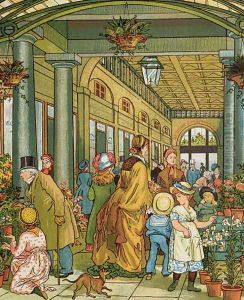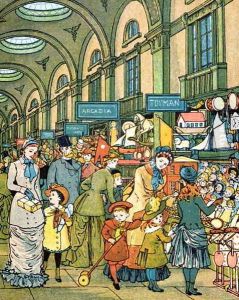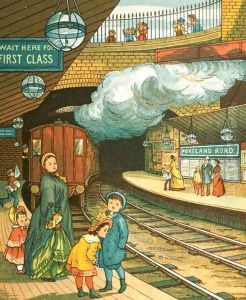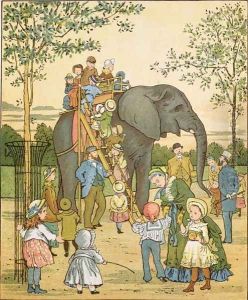Crane, T. (1808-59) and Houghton, E. Paintings
Thomas Crane (1808-1859) was a notable English artist, though not as widely recognized as some of his contemporaries. Born in 1808 in the United Kingdom, Crane was part of the 19th-century British art scene. His life spanned a period of significant change in the arts, including the transition from Romanticism to Victorian-era sensibilities. While Thomas Crane's complete biography, including his artistic achievements, influences, and legacy, might not be as well-documented as some other artists from that era, it is known that he contributed to the rich tapestry of British art during his lifetime.
Crane worked primarily as a painter, and his style was characteristic of the period, often focusing on subjects that appealed to the burgeoning middle class's tastes. He might have produced portraits, landscapes, and genre scenes, which were popular during the Victorian era. There is, however, a possibility of confusion with other artists named Crane from around the same period or later, such as his son Walter Crane (1845-1915), who became a prominent illustrator and is better known in the art historical record.
Regarding Edwin Houghton, it seems there is a lack of specific historical records readily available for an artist by this name, which suggests that he may not have had a significant impact on the art world or that he was active in a different field or time period. It is also possible that 'E. Houghton' refers to a lesser-known or regionally active artist whose works and biographical details have not been well-preserved or widely disseminated in art historical literature.
Due to the lack of information available on Edwin Houghton and the potential for confusion with other artists named Crane, it is difficult to provide a comprehensive biography for either. In the case of Thomas Crane, without more specific details, his legacy may remain obscure, overshadowed by the work of his son Walter Crane and other prominent figures of the time.



